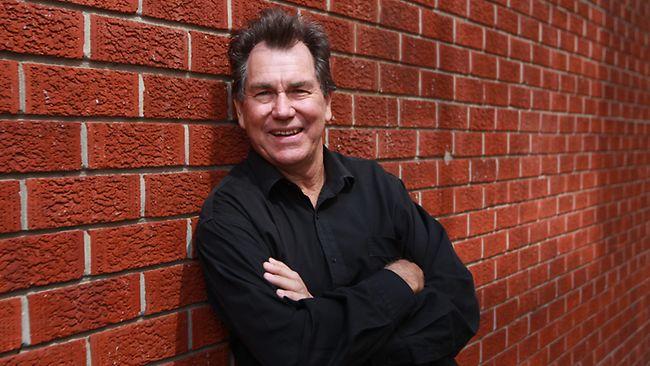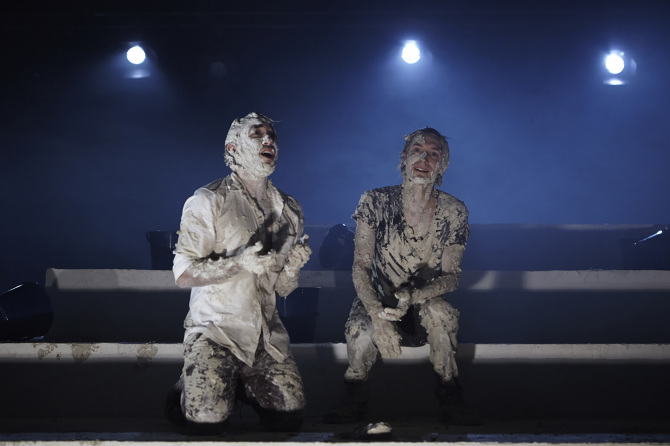
The Current Climate
The generation of composers that came to maturity in the 1960s addressed and provided a number of solutions to the question of how modernism in music might thrive under Australia’s unique cultural and geographical conditions.
In Europe, composers of the post-war avant-garde such as Karlheinz Stockhausen and Pierre Boulez emphatically rejected any accommodation with the ‘classical’ tradition, regarding it as complicit in the culture that had produced global conflict and genocide. Some Australian composers of the sixties generation were immigrants and had experienced those events at close quarters; nevertheless modernism has not generally been so doctrinaire in this country: the cultural tabula rasa that avant-garde modernism demands here offered one way to distance our music from a real or imagined colonial past, as did composers’ engagement with non-European materials.
As a child, Sculthorpe had been advised by Grainger to look north, to the islands; by 1970 Barry Conyngham would use his Churchill Fellowship to study in Tokyo, not Oxford or New Haven, with Tōru Takemitsu. Many composers of the sixties generation, and their first batch of students, like Conyngham, would go on to staff the educational institutions that proliferated in the 1970s. They in turn inspired and encouraged younger generations of composers who are now in mid-career, and whose work encompasses a rich variety of voices.

Many of those now in mid-career began life as modernists, but older composers such as Richard Meale turned again to traditional elements such as diatonic harmony. Significantly, perhaps, this often happened with composers who worked in the theatre, which has been the natural home of artists like Alison Bauld. Carl Vine’s extensive early experience with dance left its mark in a body of work, including chamber music and seven symphonies that are characterised by a masterful control of rhythm and metre. Elena Kats-Chernin, trained in the then Soviet Union, Australia and Germany, made her breakthrough with the experimental score for the film Clocks and now blends a range of musical manners into her own deeply personal style. Mary Finsterer, who studied with Louis Andriessen in the Netherlands, has infused her intricately wrought music with a new spaciousness since 2000, when she began an in-depth study of medieval music. Stuart Greenbaum invests the manners of popular music with slight distortions to produce intriguing effects and Joe Chindamo brings a wealth of experience as a jazz virtuoso to his rapidly-growing body of chamber work.
Many fine composers still cultivate a modernist sensibility. Elliott Gyger’s rigorous formalism doesn’t, of course preclude music of great expressive depth as those who attended his opera in Sydney in 2015, Fly Away Peter, can attest. And Georges Lentz in works like the Caeli enarrant series has for many years explored spiritual and mythic concerns in cosmic musical imagery that draws inspiration from European, Indigenous Australian and Asian sources.

The early 1990s saw a short, unedifying battle between partisans of the modernist and ‘neo-tonal’ camps. It blew over, and the composers who have emerged in the two decades since are remarkably free from ideological animosity. The younger generation encompasses the exciting challenges of the music of Peter de Jager, the energetic balletic work of Kate Neal, the fascination with fine detail in that of Annie Hsieh, the fruitful mix of Romanticism and minimalism in Jonathan Dreyfus’ music.
It is a precarious time for the arts, and as always, in such a climate, composers like May Lyon are responding by making their own opportunities. It is heartening to see many new ensembles formed to promote new work. There is no shortage of talent among our local heroes. But we must nurture it.
© Gordon Kerry 2016

